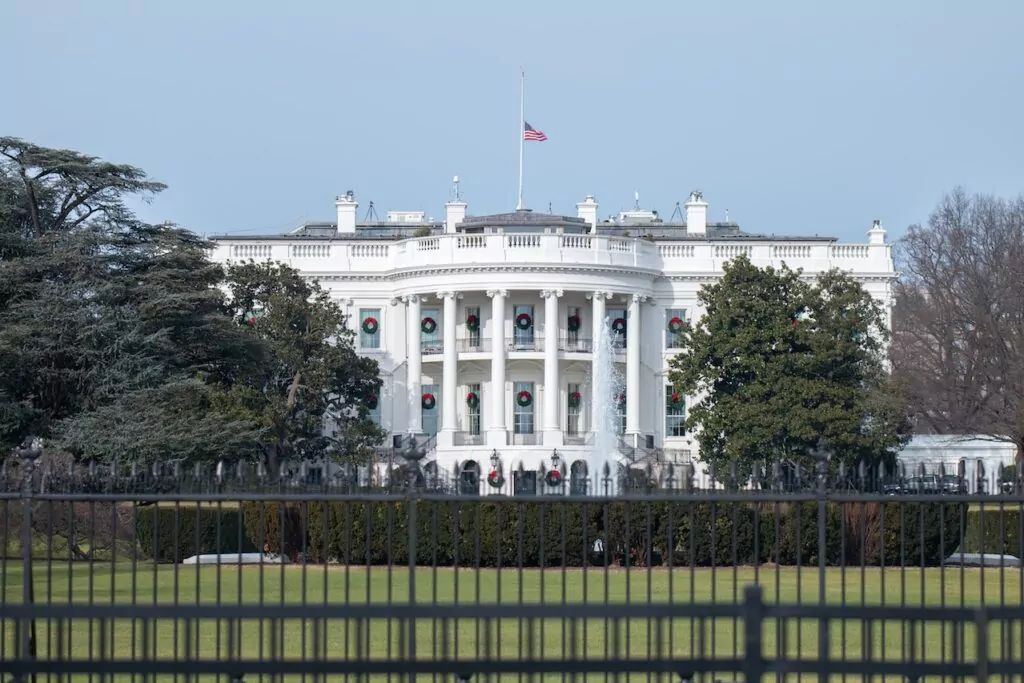The hospice component of the value-based insurance design (VBID) demonstration will include elements designed to promote health equity in 2023.
HHS indicated that VBID participants will implement strategies to advance health equity across all aspects of their participation. This aligns with previous statements from the U.S. Centers for Medicare & Medicaid Services (CMS) that health equity will be a key component of their payment model demonstrations going forward.
“True quality cannot exist without equity. For too long, the systemic disparities have resulted in underserved communities having limited access to preventative screenings, diagnostic services, and treatments across race, gender, income, geography, and other demographics,” CMS Administrator Chiquita Brooks-LaSure said earlier this month. “Health outcomes are unequal. Our drive to high-quality care is directly intertwined with the vision for health equity.”
The four-year program — often called the Medicare Advantage hospice carve-in — launched Jan. 1, 2021, with 53 participating health plans. This number grew to 115 in 2022. Next year, 119 plans will participate, according to the U.S. Department of Health & Human Services (HHS).
Geographically, the program will be available in 806 counties in 24 states, up from 461 in 2022.
Participating Medicare Advantage Organizations (MAOs) have prepared health equity plans detailing how they will address disparities in outcomes, access, or beneficiaries’ care experiences, according to CMS.
In addition, the Center for Medicare & Medicaid Innovation (CMMI), which developed the demonstration, is in the process of standardizing access- and equity-focused network adequacy requirements for MAOs that have at least one year of participation in the program as of Jan. 1, 2023.
CMMI indicated that more information about these efforts would be released in the coming months.
The hospice carve-in is one component of the larger VBID demonstration, which is testing a series of innovations to the Medicare Advantage program throughout the care continuum. Participation in the demonstration is voluntary for both payers and providers.
Historically, Medicare Advantage beneficiaries have transitioned to the traditional hospice benefit when they elected those services. Their Medicare Advantage plan would continue to cover any claims that are deemed unrelated to their terminal diagnosis. Switching to the Medicare Hospice Benefit also usually meant transitioning to a new care team.
The carve-in represents the most significant step to date in moving hospice towards value-based payment models. While the carve-in could give providers access to more patients who wish to elect hospice but prefer not to leave their MA plans, it also comes with greater financial risk.
CMS is introducing a second equity-focused aspect to the program for next year, a voluntary Health Equity Incubation Program. The program is designed to identify and implement best practices for health equity and building an evidence base for quality improvement and cost savings related to health-related social needs, according to the agency.
“CMS is working hard to advance health equity by designing, implementing, and operationalizing policies and programs that support health for all the people that are served by our programs by eliminating avoidable differences in health outcomes experienced by people who are disadvantaged or underserved and providing care and support that our enrollees need to thrive,” Laurie McWright, deputy director for CMMI’s Seamless Care Models Group, said in a CMS webinar. “I think it’s safe to say that the VBID Model Health Equity Incubation Program fits well into this vision and reflects the priority and emphasis we are placing on health equity within the VBID Model.”



